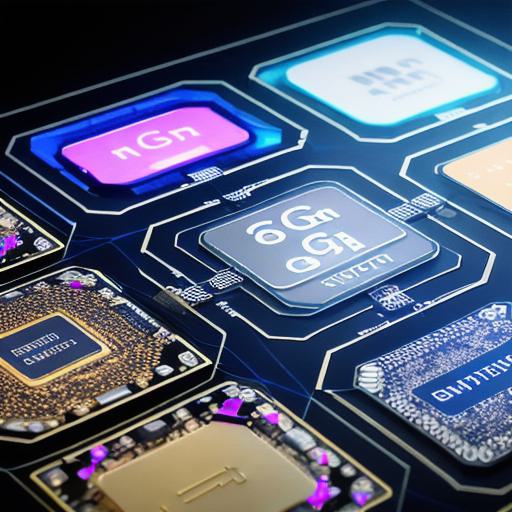Introduction
Blockchain technology has revolutionized numerous industries, including finance, healthcare, and supply chain management. However, the power of blockchain extends beyond these sectors and can also transform connectivity. With the advent of 6G, a next-generation network technology, blockchain can be integrated to create an efficient, secure, and decentralized platform for data sharing and processing. This article will explore the benefits of combining 6G with blockchain, including improved data security, enhanced data privacy, and increased efficiency in data processing.
Improved Data Security
One of the primary benefits of using blockchain technology is its ability to enhance data security. With a decentralized network that relies on encryption and consensus algorithms, blockchain can provide an immutable and tamper-proof record of data transactions. This feature makes it challenging for hackers to access or manipulate sensitive information stored in the network. In addition, by using smart contracts, blockchain can automate data processing and eliminate the need for intermediaries, further reducing the risk of data breaches and cyber attacks.
Enhanced Data Privacy
Data privacy is a significant concern in today’s digital world, where personal information is collected and used for various purposes without consent. Blockchain technology provides a solution to this issue by enabling individuals to control their data and decide who has access to it. With blockchain, users can create a secure and encrypted data vault that only authorized parties can access. Moreover, the decentralized nature of blockchain means that there is no central point of failure, making it difficult for hackers to steal or misuse personal information stored in the network.
Increased Efficiency in Data Processing
Blockchain technology can also improve data processing efficiency by eliminating the need for intermediaries and automating data sharing and processing. By using smart contracts, blockchain can facilitate automatic execution of transactions based on pre-defined rules and conditions. This feature reduces the need for manual intervention and streamlines data processing, leading to faster and more accurate results. Moreover, by using a decentralized network, blockchain eliminates the bottleneck that occurs when relying on a single entity to process data.
Real-life Examples
Several companies have already started exploring the potential of blockchain technology in enhancing connectivity. For example, IBM’s Food Trust platform uses blockchain to create a secure and transparent supply chain for food products. By using a decentralized network, the platform enables all stakeholders to access real-time information about the origin, quality, and distribution of food items, leading to improved traceability and accountability.

Similarly, Intel has developed a blockchain-based solution that enables secure and efficient data sharing in the healthcare industry. By using a decentralized network, the platform enables patients to control their medical records and share them with healthcare providers securely and efficiently.
FAQs
Q: What is 6G Blockchain Technology?
A: 6G Blockchain Technology combines the power of next-generation network technology with blockchain technology to create a decentralized, secure, and efficient platform for data sharing and processing.
Q: How does 6G Blockchain Technology enhance data security?
A: 6G Blockchain Technology uses encryption and consensus algorithms to provide an immutable and tamper-proof record of data transactions, making it challenging for hackers to access or manipulate sensitive information stored in the network.
Q: What is the role of smart contracts in 6G Blockchain Technology?
A: Smart contracts automate data processing and eliminate the need for intermediaries, further reducing the risk of data breaches and cyber attacks. They also facilitate automatic execution of transactions based on pre-defined rules and conditions.
